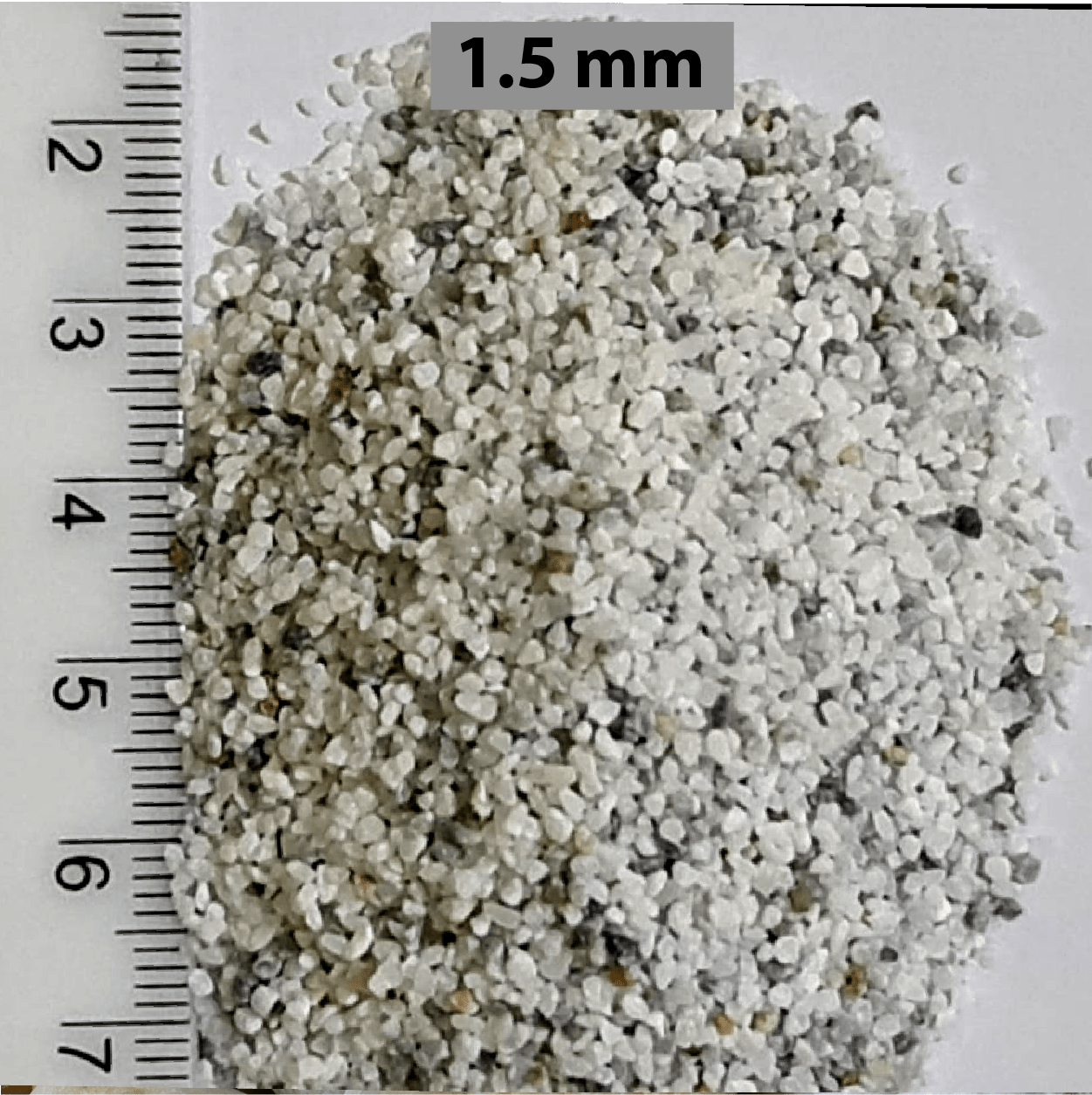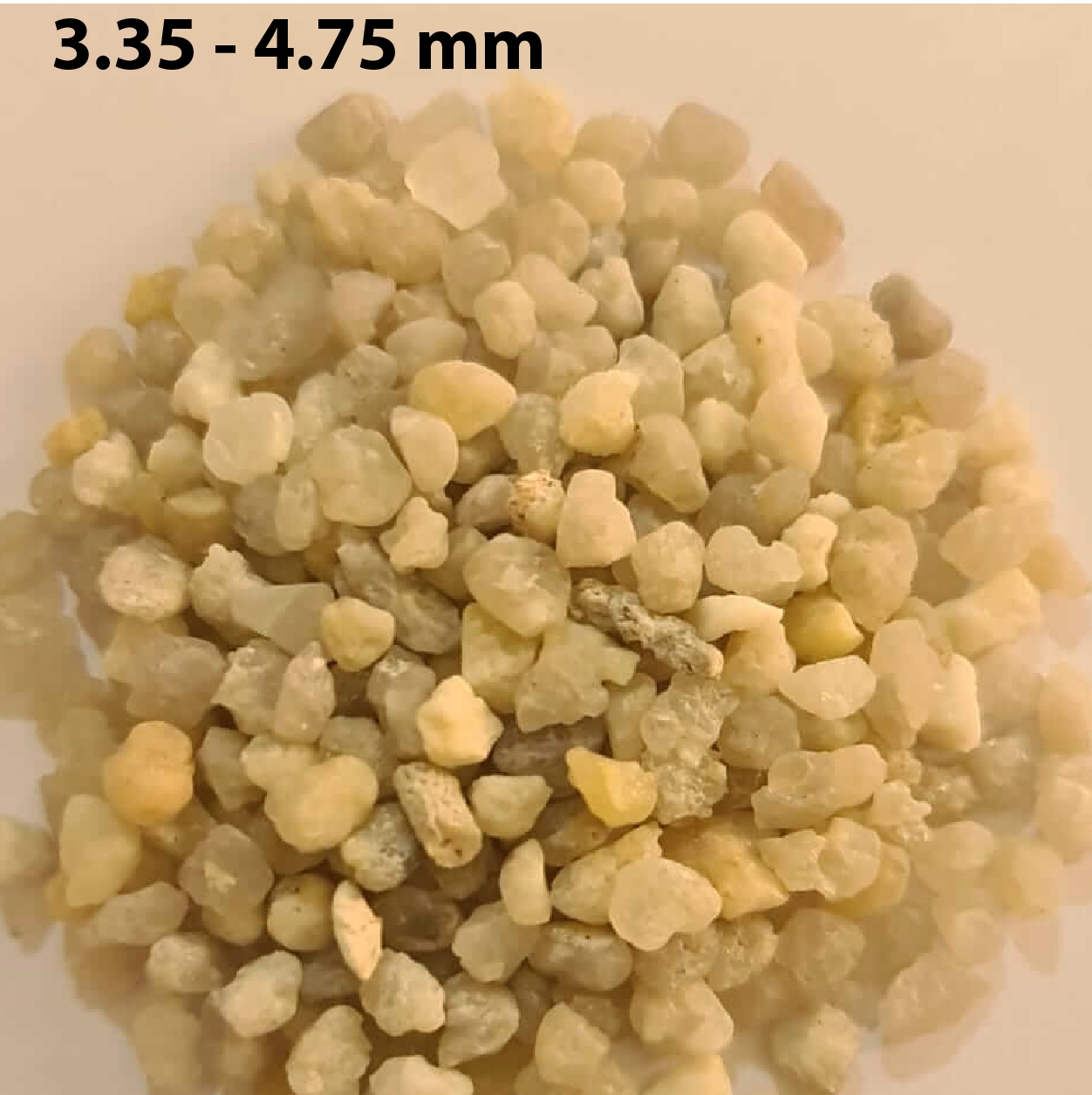Quartz Pebbles are sediments that are more than two millimeters in diameter and have a rounded and smooth look. Quartz pebbles are made up of natural rocks (basalt, granite, and sandstone) as well as man-made components (bricks, glass). Pebbles come in a wide range of colors and textures.
Quartz is the second most common mineral in the Earth’s crust. It’s available in a range of sizes and forms. Amethyst, citrine, and agate are just a few examples of quartz gem forms.
In its most basic form, quartz is the crystalline form of silicon dioxide. When quartz crystallizes into massive crystals, lapidaries can cut rock crystal, smoky quartz, amethyst, and citrine. Quartz can also be used to make stones with minuscule microcrystals. Chalcedonies such as agate and jasper, for example, can be cut by lapidaries.
Most quartz forms in igneous rocks or in geothermal water settings. Quartz formed as magma cools in igneous rocks. Silicon dioxide will crystallize when it cools, much like water does. Slow cooling allows the crystals to grow larger in most cases.
Quartz that formed in silica-rich water follows a similar pattern. Silicon dioxide dissolves in water in the same way that sugar dissolves in tea, but only at extremely high temperatures and pressures. When the temperature or pressure of the solution falls below a certain point, the solution becomes saturated, and quartz crystals form.








